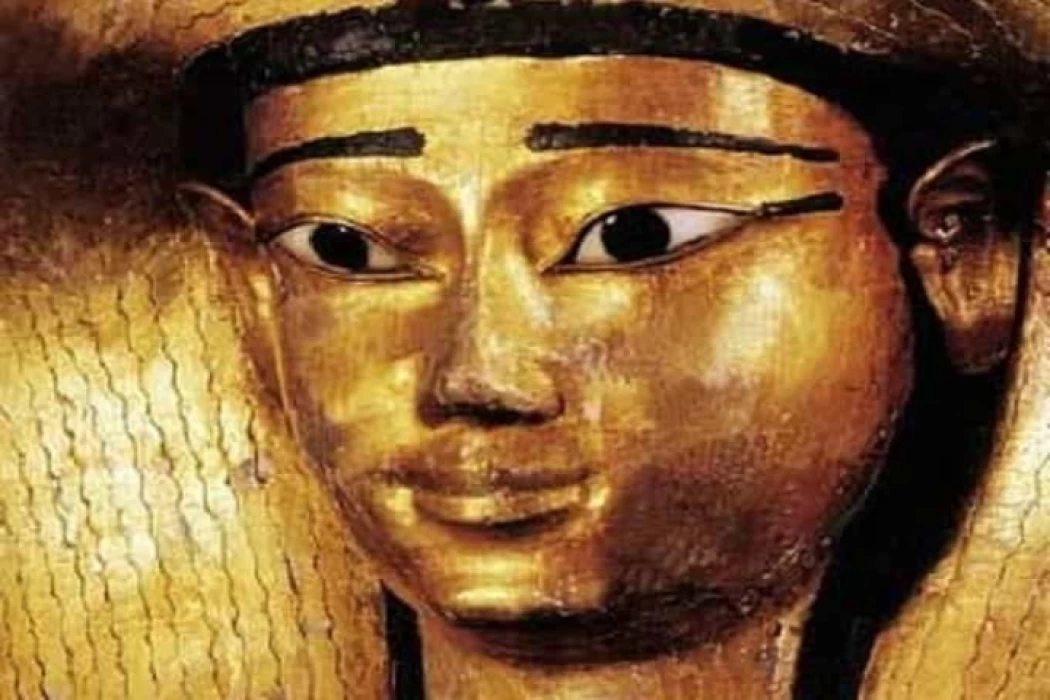
History of The Queen Ahhotep
Imhotep (about the 30th century BC . M.) is the builder of the Step Pyramid of Djoser, the first architect in history, as well as the first doctor, one of the most famous engineers of ancient Egypt
Egyptian texts speak of Imhotep as a vizier who lived during the reign of the powerful pharaoh Djoser, of the Third Dynasty, around the year 2600 BC.Ad, and he built the famous Pyramid of Saqqara. Famous for his extensive wisdom and knowledge, he was a physicist and one of the political advisers of the Pharaohs, became a demigod, and then, during the reign of the Ptolemies, he became the God of medicine or healing of the Egyptians. The Greeks called Imhotep by the name of Amothis, and united him with Asclepius, the God of healing. Although there is no contemporary evidence that Imhotep was a doctor, his religious responsibilities were closely related to magic, and in ancient Egypt, magic and medicine were closely related.
It was believed that miraculous healings were possible thanks to his intervention, hence his temples were flooded with patients, many of whom left records overflowing with gratitude and gratitude for the beautiful. Statues and monuments of Imhotep as the God of healing have been found in large numbers, proving his fame and the great respect he enjoyed in ancient times, and his fame has multiplied over the centuries. In the time of the Greeks, they became centers of medical education.
His appearance
Imhotep appeared BC in ancient pharaonic history as a brilliant man, he is the first architect and the first doctor known by name in recorded history, in addition to many fields, some even considered him a maker of wonders. Imhotep worked in the royal palace as an engineer for King Djoser and designed the pyramid of Djoser, which is listed in Saqqara, Egypt, in the Third Dynasty. Imhotep's work at the royal palace, in addition to being an architect, also gave him many jobs and privileges that many dream of, which are limited to the ruling family only.
The pedestal number JE 49889, which is now in the Imhotep Museum in Saqqara, contains on its left side the name of Imhotep, as well as six of his surnames and a disappeared seventh surname. Khatmati-Beti: meaning "keeper of the seals of the king of Lower Egypt", a title denoting the head of the palace, later changed during the third dynasty to the title of a prince of the royal family. Given the presence of this title on the seal, as well as found on one of the rocks of the pyramid of "Sekhemkhet", this indicates that Amhotep had the title of a royal Prince. This confirms that Amhotep belonged to the royal family in the era of King Djoser.
The title "Gree TEB NSO" (meaning "the one under the head of the king of Upper Egypt") is high, but its function is not fully known. This title was previously used as a high position in the vicinity of the king, and it is likely that during the Third Dynasty, this function turned into a high title. "Eri Pat": Means "member of the royal family", and according to the German interpretation of Wolfgang Helck, is the title of "Crown Prince". "Truly a hedge": it means "the overseer of the high Palace". His influence. The appearance of Imhotep had a great impact on the development of pharaonic architecture a lot, and he appeared due to his ingenuity in the art of architecture: the step pyramid on the Saqqara plateau, rather than the buildings of antiquity, consisting of stone and wood. Imhotep was not only a builder of pyramids and temples, but he was also recognized by the priests, who were amazed by Imhotep's genius in many fields. he had a lot of knowledge in medicine, where he wrote papyrus manuscripts for treatment (see below), and was knowledgeable in the art of mummification and anatomy in addition to his great knowledge in astrology. Imhotep invented many medical drugs and founded a medical school in the Egyptian city of Memphis, which, after his death, became the seat of his cult.














